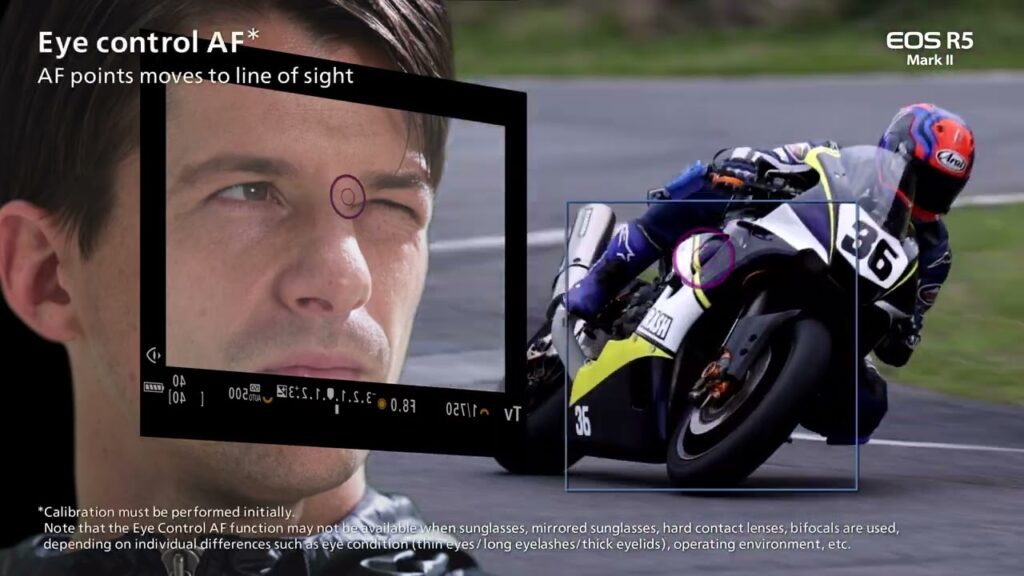Introduction
Canon has introduced an innovative technology in its latest professional cameras, the Canon EOS R1 and Canon EOS R5 Mark II. This technology, known as Eye Control AF, allows photographers to move their focus point simply by moving their eyeball.
How Eye Control AF Works
When users look around the viewfinder, the cameras track their gaze and place the focus point on whatever they are looking at. This impressive technology may sound like a gimmick, but it has proven to be highly effective. Many photographers who have adopted Eye Control AF find it difficult to revert to traditional focusing methods.

Historical Background
Eye Control AF is not entirely new; it first appeared in the Canon EOS R3. However, the technology has been significantly improved in the EOS R1 and R5 Mark II. The original version, known as Eye Controlled Focus, debuted in 1992 on the Canon EOS A2E (EOS 5 in some regions). Initially, the system was based on measuring corneal reflection and had limitations, especially for users wearing glasses.
Technological Advancements
Modern iterations of Eye Control AF use advanced technology to achieve near-seamless functionality. The electronic viewfinder is equipped with eight infrared LEDs, including dedicated units for monitoring eyeglasses. These LEDs emit light in different directions and frequencies, and an eye-focus sensor measures the reflected light to create a retinal scan. High-speed computation then determines where the user is looking.
Calibration and User Experience
The effectiveness of Eye Control AF relies heavily on proper calibration. Multiple calibrations are necessary, particularly when switching scenes, such as moving from indoors to outdoors, as changes in lighting affect the system’s accuracy. Calibration involves looking at dots in different positions within the viewfinder, allowing the system to track the user’s eye accurately.
Conclusion
Eye Control AF represents a significant shift in how photographers interact with their cameras. While it may require an adjustment period and proper calibration, the technology offers a new level of precision and ease in focusing. Canon’s advancements in this area demonstrate their commitment to enhancing the user experience and pushing the boundaries of camera technology. Photographers are encouraged to give Eye Control AF a try and experience its benefits firsthand.



